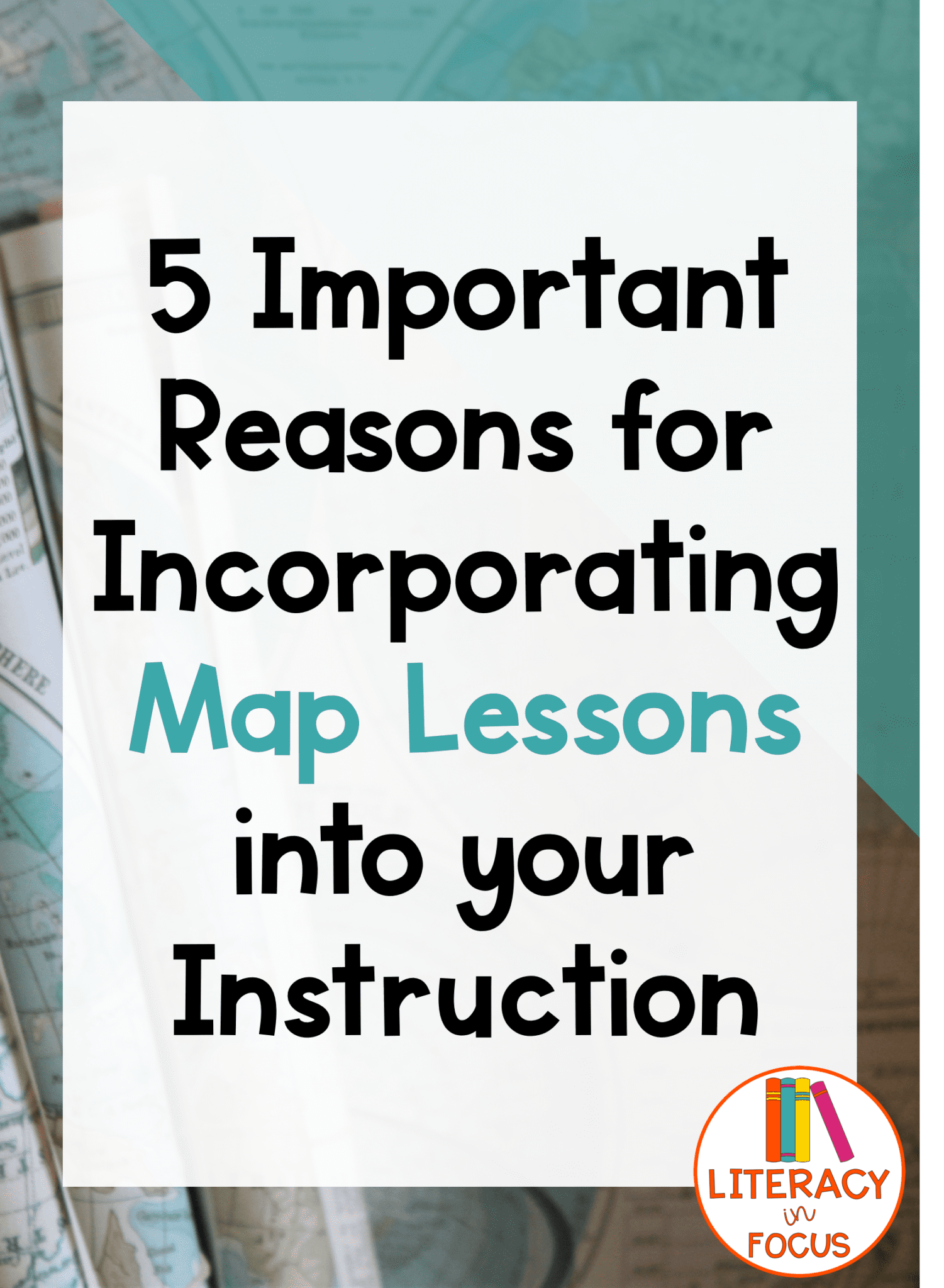Awareness of our surroundings is necessary for our survival as a species. Taken to another level, fascination in the world we inhabit provides the impetus for our interest and need for maps. Cartography has weaved its way through history from prehistoric caves to modern smart phone applications. Simply put, maps are a part of us. Knowing where we stand in the world is comforting. Incorporating map lessons and activities into your instruction is an essential way to encourage critical thinking, increase engagement, embrace differentiation, generate connections, and support cross-curricular learning.
Encourage Critical Thinking
Critical thinking refers to the ability to analyze information objectively and make a reasoned judgement. Naturally, maps urge us to think critically. If students are presented with a lesson that allows them to create a map, for example, they must apply several different problem solving skills to complete the assignment. When constructing a map, students are moving beyond the processes of recall and basic reasoning and into a more complex way of thinking. Cognitive demands are increased as students apply a more conceptual understanding of the task at hand. In order to accurately create a map, students may need to label, color-code, apply background knowledge, and utilize reference materials. Additionally, a natural progression beyond the basic map-making phase may include the synthesis of information or a deeper analysis of the map itself. Regardless of content area, incorporating map lessons and activities into your instruction is a great way to encourage students to think more critically.
Increase Engagement
Due to the very basic nature of human interest in maps, engagement is almost always increased when map lessons and activities are introduced in the classroom. Adding diversity to the curriculum with maps is a great way to generate interest and capture the attention of even the most unmotivated students. Map activities can be teacher guided with direct-instruction or students can work independently. While routine and structure are necessary and vital to a successful learning environment, providing a balanced amount of variety is key to increasing engagement. Maps can do just that. Also, coloring isn’t just for kindergarteners. Creating a visual representation of the material being learned gives students a chance to creatively express themselves while learning.

Embrace Differentiation
The modern day classroom is extremely diverse. Differentiating lessons to meet the needs of all levels of learners is a necessary component of teaching in this day and age. Map lessons and activities can be modified in many different ways. For example, teacher guided direct instruction works well for walking students through each component of the lesson. Also, scaffolding the assignment over several days will give all learners adequate time to complete each task. Finally, technology, if available, can be utilized to the meet more diverse needs. Students can use the internet to explore different places, or applications to create multi-media presentations. With a creative point of view and determination, the possibilities for differentiating map lessons are endless.
Generate Connections
True learning occurs when students make connections. All students should be required to connect and relate ideas and concepts within or among content areas. Using maps as a mode for instruction has the potential to generate many different types of connections for students. In order to explain a mathematical concept, for example, a math teacher might use data shown in a map to tell a story, giving students a chance to visually connect with the information. An English teacher may create a map assignment to transport students into the setting of a novel. Both examples will encourage students to make personal connections with the material, which will inherently create a more meaningful learning experience. If used correctly, maps have the power to create relevance and spark genuine personal connections in all levels of learners.

Support Cross-Curricular Learning
Cross-curricular learning provides a meaningful way in which context from one content area can be applied to other areas of learning. Maps works well in this regard. A map lesson or activity has the potential to include mathematical measurements, tier-three vocabulary, historical context, and scientific evidence all rolled into one assignment. Maps give students a chance to interweave and connect subject matter that might otherwise remain exclusive. Creating an interdisciplinary experience is essential to supporting a learning environment that promotes critical thinking.
When it comes to incorporating maps into curriculum, some subjects definitely lend themselves to the idea easier than others. That being said, applying a bit of creativity and thinking outside of the box will result in some powerful map lessons that will not only withstand the test of time but encourage critical thinking, increase engagement, embrace differentiation, generate connections, and support cross-curricular learning.
What are you waiting for? No time like the present!
-Do you use map lesson or activities in your classroom?
-If so, how do you differentiate to meet the needs of all learners?


